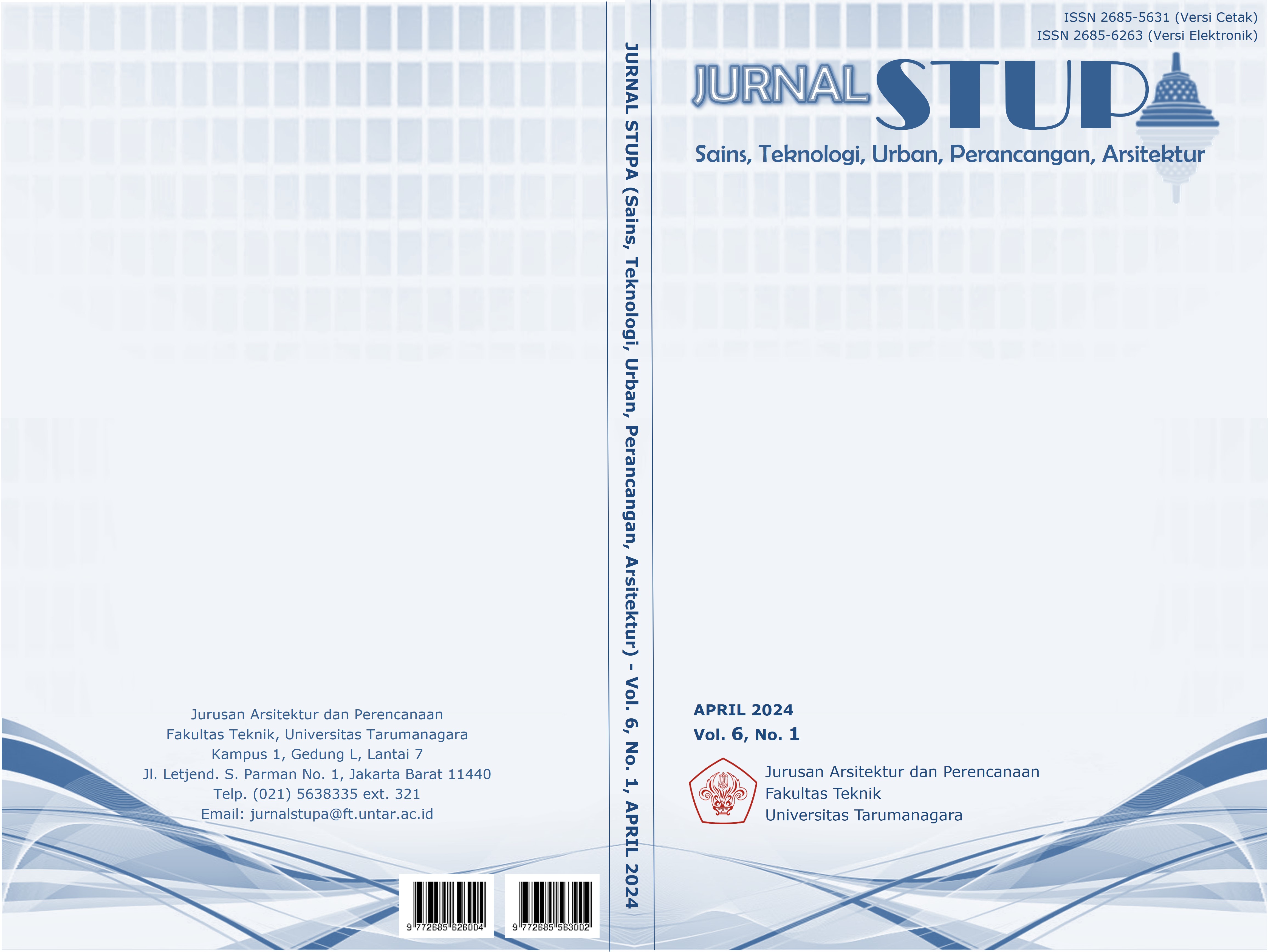RUANG DEMOKRASI DI DESA ADAT CANGGU
Main Article Content
Abstract
The village of Canggu has recently emerged as a prominent destination in Bali, celebrated for its serene rice fields, vibrant beaches, and thriving surf culture. Canggu seamlessly integrates modern conveniences with authentic Balinese culture, complemented by the warmth of its locals, making it an appealing choice for digital nomads and other immigrant communities to make a permanent home. This phenomenon creates a societal transformation of Bali, transitioning from a predominantly homogeneous community to a more diverse and pluralistic society. Creating a challenge to the current Banjar democratic system. The situation underscores the necessity for an inclusive and adapted space that accommodates the diverse ethnic backgrounds now shaping the community. Balancing tradition with innovation, fostering community dialogues, and embracing participatory approaches is essential to reconstruct the democratic value in Balinese culture. This calls for a calls for an architectural design approach that is both nuanced and empathetic, with Deleuze and Guattari's concept of the 'rhizome' as a cohesive approach demonstrates the complex and interrelated structure of the developing social framework in Bali. The utilisation of market as a program represent intangible democracy that extends beyond socio-economics limitations, encapsulating inclusivity. The architectural narrative presented by through empathy demonstrates a dedication to promoting togetherness, the architectural structures serve as a catalyst for facilitating the harmonic cohabitation of the diverse cultural fabric that characterises the dynamics of Balinese community.
Keywords: balinese architecture; democracy, empathic architecture; rhizome
Abstrak
Desa Adat Canggu baru-baru ini muncul sebagai tujuan wisata terkemuka di Bali, yang terkenal dengan sawahnya yang tenang, pantai yang semarak, dan budaya selancar yang berkembang. Canggu memadukan kenyamanan modern dengan budaya Bali yang otentik, dilengkapi dengan keramahtamahan penduduk setempat, menjadikannya pilihan yang menarik bagi para digital nomad dan imigran lainnya untuk berhuni secara permanen. Fenomena ini menciptakan transformasi sosial di Bali, beralih dari masyarakat yang homogen secara budaya menjadi masyarakat yang lebih majemuk. Menciptakan tantangan bagi sistem demokrasi Banjar saat ini. Situasi ini menggarisbawahi perlunya ruang yang inklusif dan adaptif yang mengakomodasi keragaman dalam tatanan masyarakat. Menyeimbangkan tradisi dengan inovasi dan merangkul pendekatan partisipatif sangat penting untuk merekonstruksi nilai demokrasi yang tertanam dalam tradisi Bali. Hal ini membutuhkan pendekatan desain arsitektur yang kompleks dan berempati. Konsep ‘rhizome’ dari Deleuze dan Guattari digunakan sebagai pendekatan yang kohesif menunjukkan struktur yang menciptakan keterkaitan dari kerangka sosial yang berkembang di Bali. Pemanfaatan program pasar sebagai representasi dari demokrasi yang intangible melampaui batasan sosio-ekonomi dan merangkum prinsip inklusivitas. Narasi arsitektur disajikan dengan menggunakan prinsip arsitektur empati menunjukkan dedikasi untuk mempromosikan kolektifitas dengan arsitektur yang berfungsi sebagai katalis untuk memfasilitasi kehidupan bersama yang harmonis dari beragam tatanan budaya yang menjadi ciri khas masyarakat Bali yang dinamis.
Article Details

This work is licensed under a Creative Commons Attribution-NonCommercial-ShareAlike 4.0 International License.
This work is licensed under a Jurnal Sains, Teknologi, Urban, Perancangan, Arsitektur/ STUPA Creative Commons Attribution-NonCommercial-ShareAlike 4.0 International LicenseReferences
Adhinata, B., & Sawitri, M. Y. (2022). Touristification and the Changing of Spaces for Tourism in Canggu Village. Jurnal Ilmu Sosial Dan Humaniora, 11(3), 447-457.
Choi, H., & Varian, H. (2012). Predicting the present with Google Trends. Economic record, 88, 2-9.
Cooper, C., Fletcher, J., Fyall, A., Gilbert, D., & Wanhill, S. (2005). Tourism: principles and practice. Essex. Pearson Education Limited.
Deleuze, G., & Guattari, F. (1987). A Thousand Plateaus: Capitalism and Schizophrenia. Minneapolis, Minnesota, United States: University of Minnesota.
Denzin, N., & Lincoln, Y. (2005). Handbook of Qualitative Research (3rd ed.). London, United Kingdom: Sage Publications.
Gantini, C., & Prijotomo, J. (2017). Representasi Tradisi Demokrasi Pada Arsitektur Bale Banjar Adat di Denpasar Bali. Seminar Nasional Arsitektur dan Tata Ruang (SAMARTA), 26-34.
Hutter, M., & Rizzo, I. (1997). Economic Perspectives on Cultural Heritage (1 ed.). New York, New York, United States: Palgrave Macmillan.
Pallasmaa, J., Mallgrave, H., Robinson, S., & Gallese, V. (2015). Architecture and Empathy (Vol. 3). (P. Tidwell, Ed.) Tapio Wirkkala-Rut Bryk Foundation.
Papanek, V. (2005). Design for the Real World. Chicago, Illinois, United States: Chicago Review Press.
Prabawati, N. (2020, Desember 30). Desa Canggu, Bali Sebuah Basecamp Bagi Digital Nomad? Identifikasi Produk Wisata Berdasarkan 4A (Attraction, Amenity, Accesibility, Ancilliary). Jurnal Kepariwisataan Indonesia, 14(2), 91-108.
Roumanos, C. (2020). The Rhizome. Retrieved October 28, 2023, from Inspirelli Awards: https://www.inspireli.com/en/awards/detail/2224
Russell, A. (2014, Desember). Memory and Movement in the Roman Fora from Antiquity to Metro C. Journal of the Society of Architectural Historians, 73(4), 478-506.



